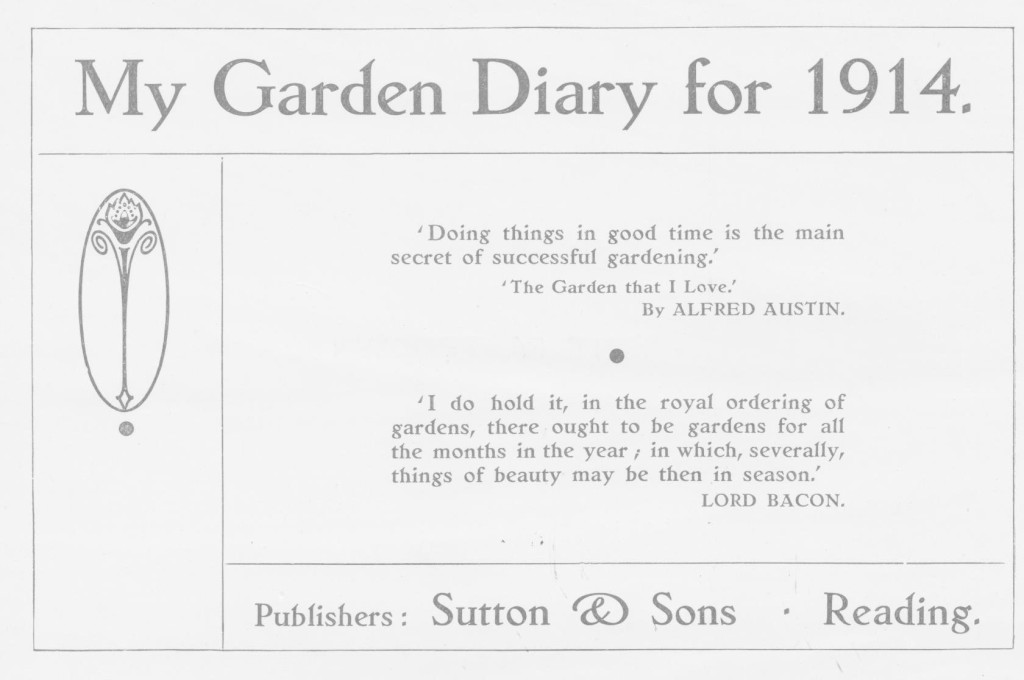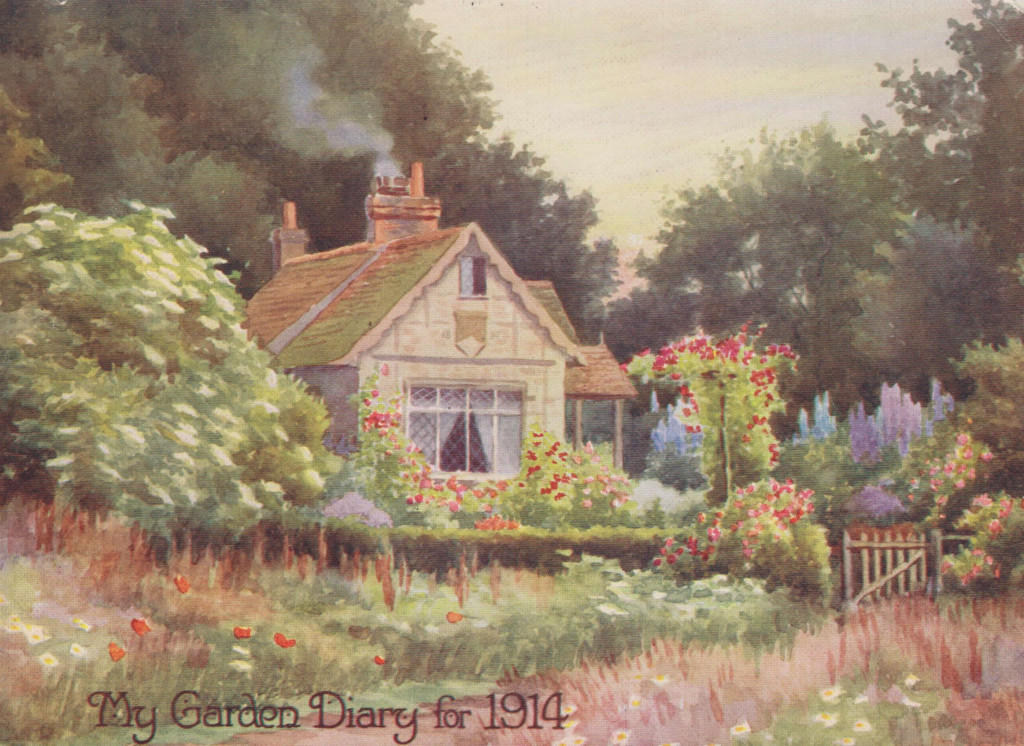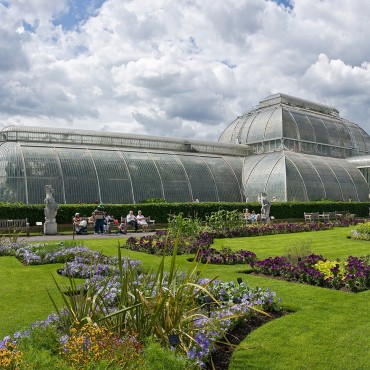 Please find below the June entry from our 1914 My Garden Diary. The information may be old and worded more formally than we are used to today but it remains sound advice that would be good to follow. Many of us think that seed sowing ends in May but you will see below that much success can be had from June sowings with both veg and flowers.
Please find below the June entry from our 1914 My Garden Diary. The information may be old and worded more formally than we are used to today but it remains sound advice that would be good to follow. Many of us think that seed sowing ends in May but you will see below that much success can be had from June sowings with both veg and flowers.
My Garden Diary – June 1914
Give daily attention to seedlings already raised, and sow all the necessary varieties again to ensure a succession of delicate and wholesome vegetables. In hot, dry weather mulch late Peas and Runner Beans, aiding with water judiciously. Clear exhausted rows of Peas from the ground to make room for Cauliflower, Broccoli, Cabbage, &c.
Peas may still be sown, but instead of the late kinds it is now wiser to choose some quick-growing early variety. By sowing in trenches over three or four inches of manure, and giving water when necessary, the gatherings of Peas may be continued far into the autumn. These late crops are always appreciated.
Make a final sowing of Dwarf Beans, and Runners put in now will carry on the supply from open ground until frost sets in. At end of month sowing in frames must commence.
Transplant Celery to trenches, and grow Lettuces on the ridges. Chicory for winter salad to be sown now. Sutton’s All the Year Round and Orange Jelly are excellent Turnips for present sowing. Thin Onions, Beet, Parsnip, and all other crops needing attention. Globe Beet may still be sown. Maintain the supply of tender Radishes. Sow Coleworts for autumn use, and Cucumber on ridges for pickling. Sow Spinach Beet. Transplant Leeks. For a winter supply of Carrots sow Early Gem in last week of the month, and again in July.
In the south avoid cutting Asparagus after the third week in June ; in the north a little later is allowable. Earth up Potatoes. Prepare Mushroom beds. Lay early Strawberry runners in pots.
Splendid effects with spring bedders, such as Arabis, Aubrietia, Myosotis, Polyanthus, Primrose, Violas, &c., can be economically produced by sowing seeds in June. Experienced horticulturists sow most of their Biennials and Perennials, including Columbine, Coreopsis grandiflora, Pansy, and Wallflower, during this month, and their practice is amply justified by the rich displays obtained in the following spring and summer. The sowing may be either in pans or beds protected from marauders. It is of consequence to prick the plants off early, and to get them into final quarters in a robust condition.
Those who omitted to sow Sutton’s Calceolaria and Primula in May must not fail this month. With such important flowers it is always wise to have more than one string to the bow ; we recommend one or two additional sowings of both subjects. Sow Cineraria in a cold frame.
For conservatory decoration during winter and early spring make a sowing of All the Year Round Stocks. Also sow Begonia and Celosia.
MONTHLY NOTES
1. Bank Holiday. Overseers to give notice on or before the 20th of non-payment of rates due January 5. First Quarter, 2.3 p.m.
3. King George V, born 1865.
8. Full Moon, 5.18 a.m.
15. Close season for fresh-water fish terminates. Last Quarter, 2.20 p.m.
18. Battle of Waterloo, 1815.
20. County Registers to be fixed on church doors.
22. Coronation of King George V. and Queen Mary, 1911. Longest Day. Summer commences, 6.55 a.m.
23. Prince of Wales born, 1894. New Moon, 3.33 p.m.
24. Midsummer Day. Quarter Day.
29. Quarter Sessions held this week.
30. First Quarter, 7.25 p.m.
Barometer, 29.812 in. Temperature, 59.5 deg. Fahr.
Rainfall, 2.09 in. Rainfall for June 1914……………………

Last Updated on October 22, 2025 by Suttons Horticultural Team




